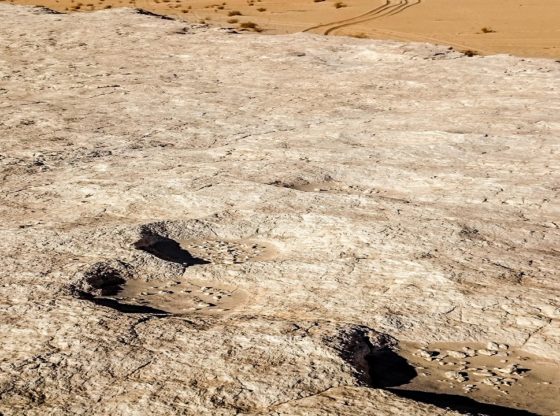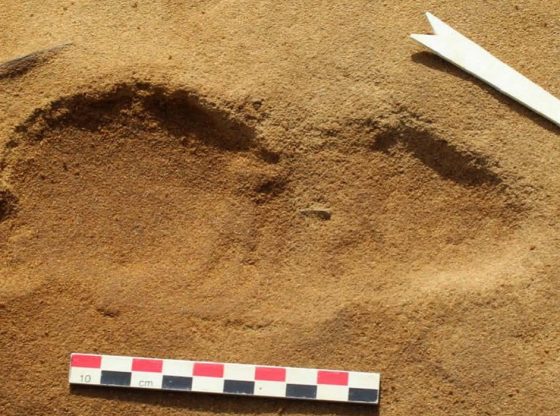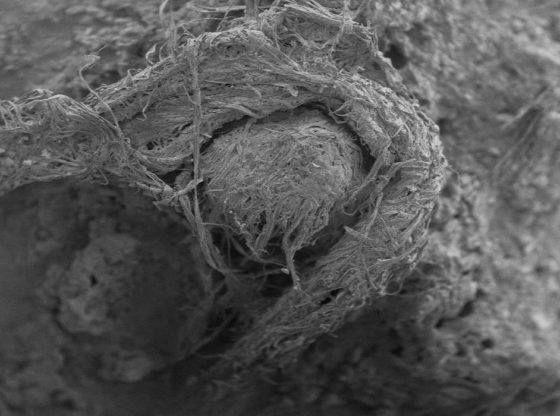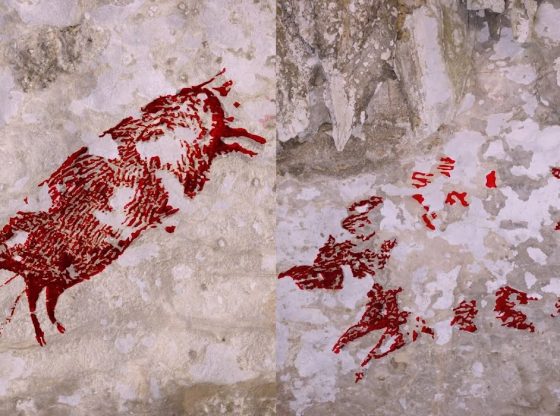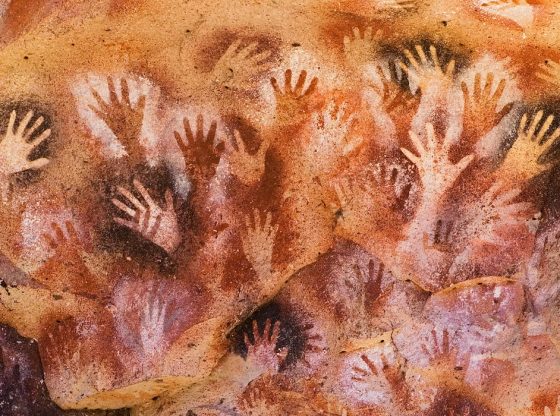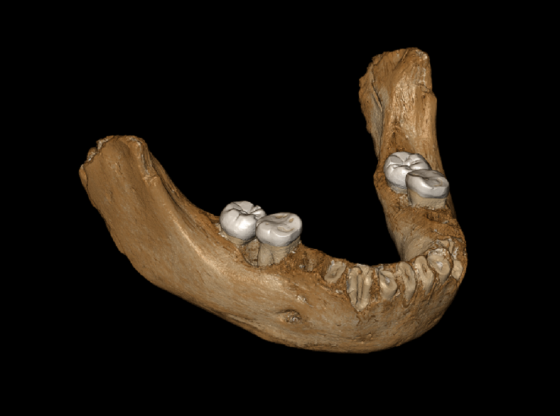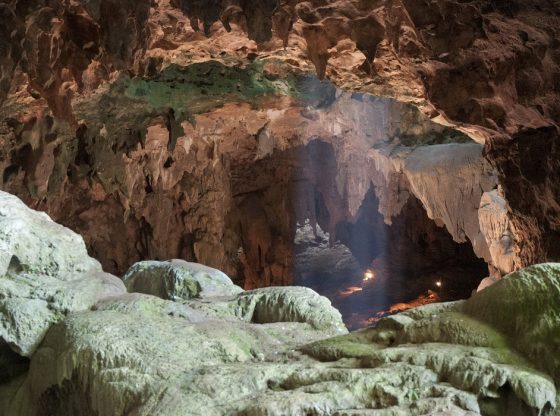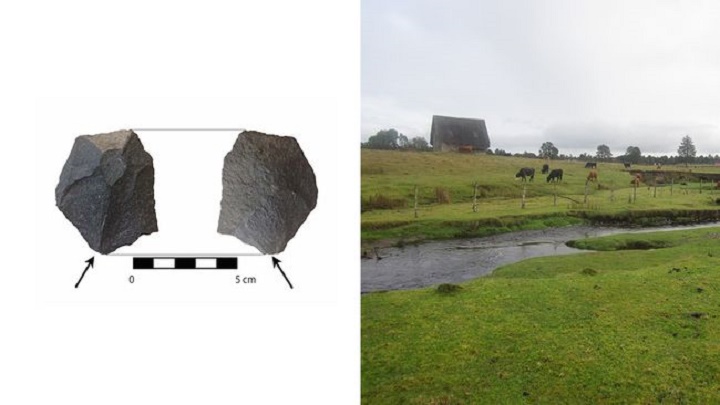
New findings at an ancient archaeological site shed new light on the mystery of the first Americans.
It has long been thought that the first Americans arrived on the American continents via a land bridge across the Bering Strait around 13,500 years ago. But new findings from a major excavation in South America makes scientists question this long-held theory.
These findings give support to another theory, that man arrived in America long before. The researchers have found what seems to be a once settled area in South America, featuring small heat pits, cooking pits with burnt and unburnt pieces of bone and also various stone tools.
15,000 Years Old
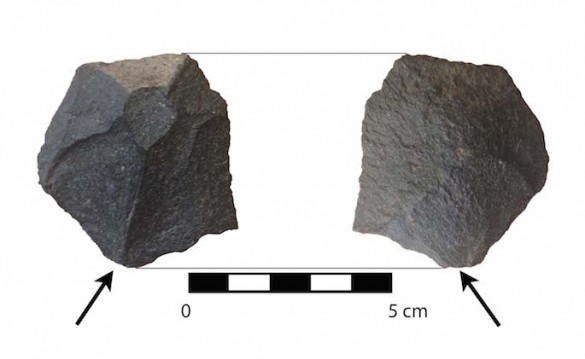
Tom Dillehay is a professor of anthropology at Vanderbilt University in the U.S. He has worked at this excavation site called Monte Verde since the mid-1970s. The site is rich in archaeological findings. But until recently, the findings had not been dated more precisely.
Now, using modern dating methods, the archaeological findings have been dated more precisely and proven to be around 15,000 years old. This implies that human arrival on the American continents is pushed back in time with around 1,500 years. And some findings indicates the site to be even older, perhaps 18,500 years old.
The humans that once inhabited this area were evidently hunter and gatherers, moving with the seasons. Migrating from the coast into the inner parts of the continent and back again with changing temperature and weather patterns. This is evident by a large amount of material originating from other geographical areas. With 34 percent originating from other more remote areas, along coastline and the Andes mountains.
Monte Verde
Monte Verde is located in southern Chile and was discovered back in 1975. Tom Dillehay began his work at the site just two years later.
The site is particularly valuable since it has turned into a swamp during several periods in history. Making many of the objects exceptionally well preserved in the anaerobic environment.
Since the site was inhabited long before the Clovis culture made their debut in North America around 13,500 years ago. Scientists now need to question what has previously been thought of early human colonization of the American continents.
Did Humans Arrive in South America Before North America?
These findings narrow the window of time to when humans swept into the Americas. Researchers reason that this event could have taken place a maximum of 23,000 years ago. Since this is what we know to be when the ancestors of the American natives first left Siberia, according to genetic studies.
Instead of going by foot over the Bering Straits. Perhaps the first humans made it to South America before North America using boats. Sailing across the great Pacific Ocean, jumping between islands. The Polynesian colonization of islands across the Pacific Ocean could have reached South America. Future research will possibly provide answers.
The research study New Archaeological Evidence for an Early Human Presence at Monte Verde, Chile was published in the November 18th issue of PLOS One.
_______________
New Archaeological Evidence for an Early Human Presence at Monte Verde, Chile
Humans may have reached Chile by 18,500 years ago
New clues emerge about the earliest known Americans
______________________________



